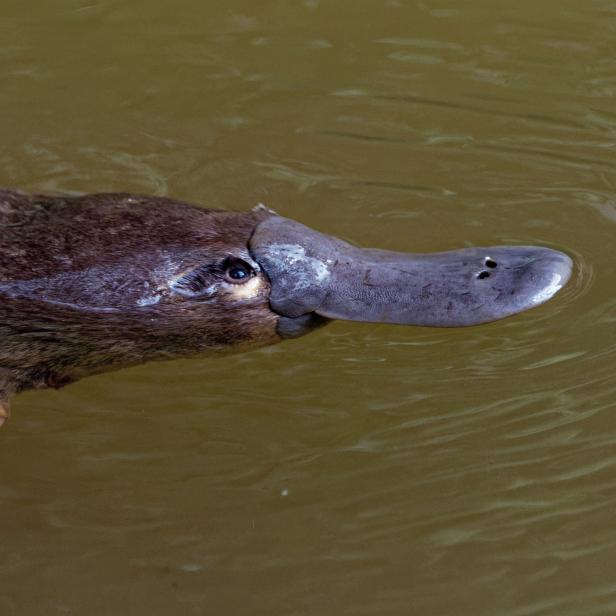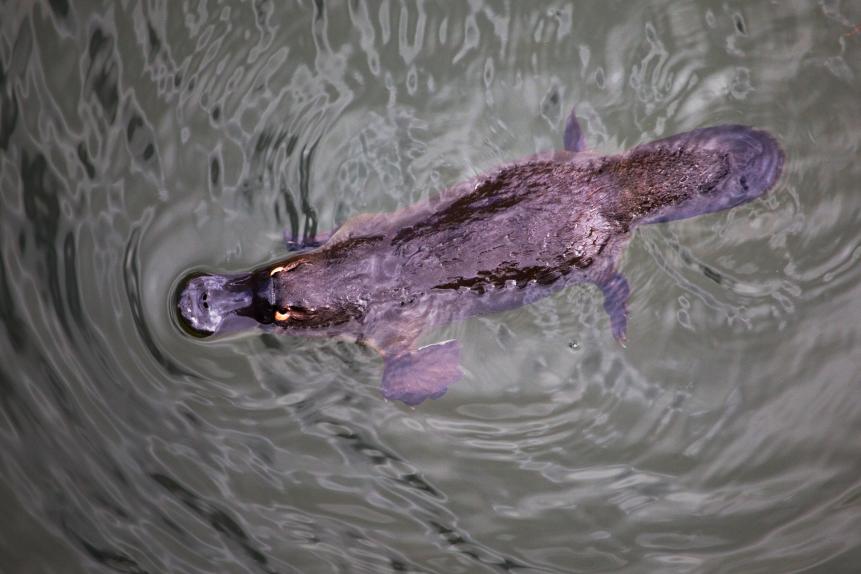
phototrip
These 5 Mythical Animals Turned Out to Be Real
Many animals people once believed these animals were imaginary.
From the Loch Ness Monster of Scotland to Bigfoot in the Pacific Northwest, there are multitudes of mysterious animals that have never been proven real. But mythical creatures, or cryptids as they're called, aren't always so mythical. Many animals people once believed were imaginary have since been proven real. But considering how weird-lookin' these are, we can't blame people for doubting their existence.

Getty Images
From Storybooks to Science Journals
You might think that if an animal existed, humans would know about it. But in fact, scientists are discovering new species all the time — as many as 20,000 per year, by some estimates. A study in the journal PLOS Biology predicted that more than 80 percent of species on Earth are still awaiting discovery. So if it took naturalists a while to realize that some legendary animals were actually real, can you blame them? There's a lot of life out there, and some of it is pretty bizarre:
Narwhal
In the Middle Ages through the Renaissance, unicorn horn was all the rage. It turns out, however, that the twisting, conical objects were actually the tusks of narwhals, an Arctic whale hunted by Vikings who sold their tusks at astronomical prices (and conveniently failed to mention the animal they came from). In 1577, the English explorer Martin Frobisher led a Canadian expedition where he happened upon a dead narwhal, which he called a "sea-unicorn." He later presented the tusk to the queen.
Rhinoceros
The modern image of the unicorn is sleek and majestic like a stallion, but that's not exactly the picture Pliny the Elder painted when he wrote about them in the first century A.D.: "[It] has the head of a stag, the feet of an elephant, and the tail of a boar ... it makes a deep sound in lowing, and has a single black horn which projects from the middle of its forehead." It also hailed from India. Sound familiar?
Platypus
Some animals are so weird that seeing them in the flesh isn't enough to convince you they're real. In 1798, Captain John Hunter of the Royal Navy sent a platypus pelt and a sketch of the animal back to Britain from his travels in Australia, but European naturalists didn't believe that such a creature could exist. Even when George Shaw finally described the animal in scientific literature, he was apologetic: "a degree of skepticism is not only pardonable, but laudable; and I ought perhaps to acknowledge that I almost doubt the testimony of my own eyes ..."
Gorilla
What if someone told you that a dark, hairy human-like creature with 10 times the strength of a human lurked in the wilderness of a faraway land? Well, you'd think "Bigfoot!", but millennia ago, people hadn't caught on to that legend. As far back as the 5th century B.C.E., explorers were telling tales of human-like "monsters" visiting their camps. It wasn't until 1847 that scientists officially identified the species. Yes, when the gorilla was discovered, photography had already been invented.
Giant Squid
No talk of cryptids would be complete without mentioning sea monsters. The Greeks had a six-headed sea goddess named Scylla, cultures in the Bahamas had the half-shark, half-octopus called the Lusca. And who could forget the Nordic legend of the Kraken, which was even described as recently as the 18th century in Europe's first modern scientific surveys of the natural world? The creature was finally described as a giant squid by Norwegian naturalist Japetus Steenstrup in 1853.
We may have brought these animals from the realm of myth into the purview of science, but what about the other myths still out there? Logic says that you can't prove a negative. Although we have satellite imagery, wireless video, and other cutting-edge technology, we keep finding animals we've never seen before. So who knows — maybe Bigfoot will be next.
This article first appeared on Curiosity.com.


















